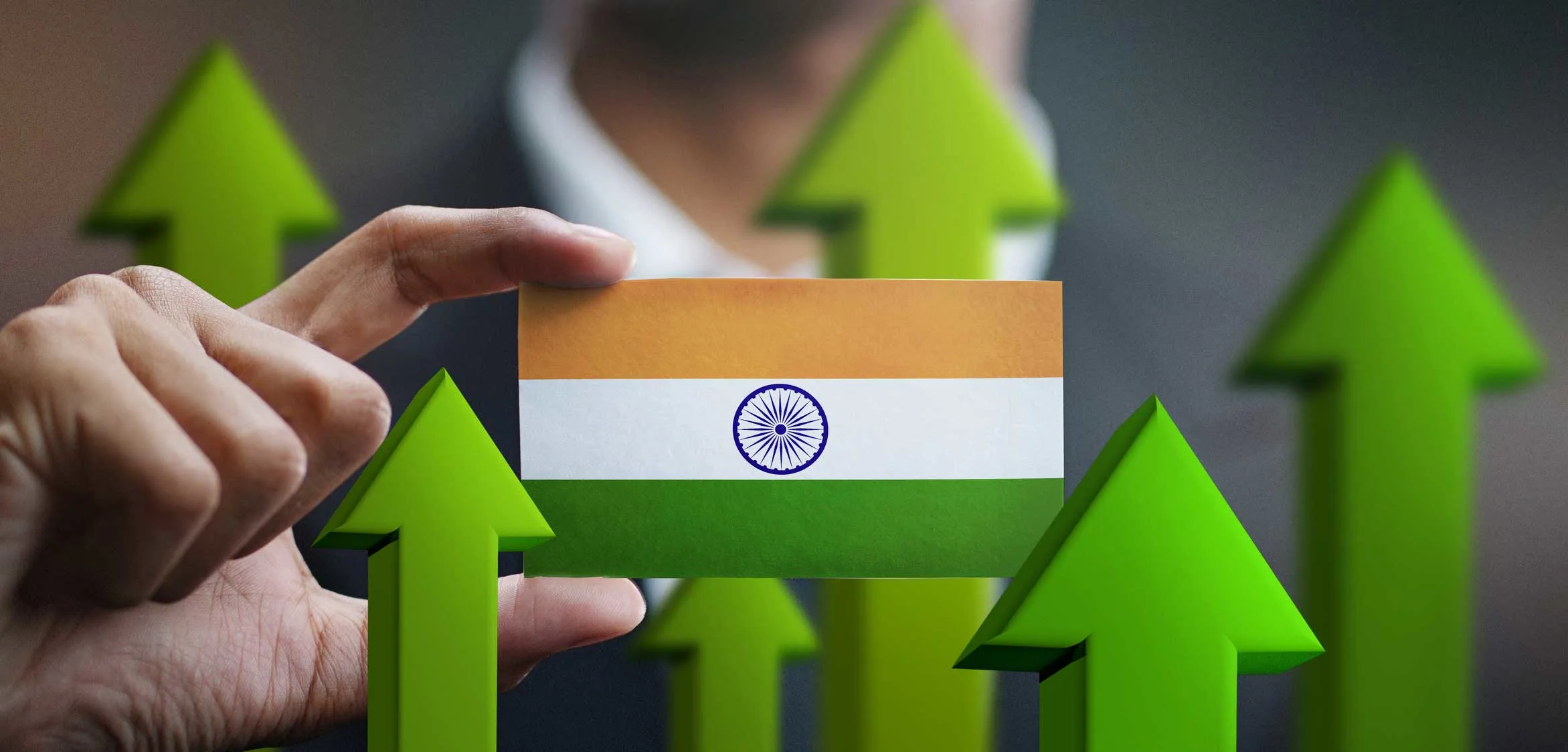 India is currently poised to become a global leader in the health technology space. Valued at USD 6,500 million in 2024, the healthtech market is expected to reach USD 78,374.3 million by 2033, growing at an impressive CAGR of 28.67%. With a unique combination of a skilled workforce, robust IT infrastructure, growing telemedicine capabilities, innovative medical device development, and supportive government policies, India is set to revolutionize domestic and global healthcare.
India is currently poised to become a global leader in the health technology space. Valued at USD 6,500 million in 2024, the healthtech market is expected to reach USD 78,374.3 million by 2033, growing at an impressive CAGR of 28.67%. With a unique combination of a skilled workforce, robust IT infrastructure, growing telemedicine capabilities, innovative medical device development, and supportive government policies, India is set to revolutionize domestic and global healthcare.
Let’s explore how these factors shape India’s potential as a healthtech powerhouse and what more can be done.
A skilled workforce is the foundation of innovation
India’s healthtech ambitions are built on a foundation of highly skilled professionals in technology and healthcare. Each year around 1.5 million engineers graduate, many specializing in information technology and computer science. Additionally, India produces
approximately 100,000 qualified and licensed MBBS doctors annually. This convergence of technical and medical expertise is conducive to healthtech innovation.
For instance, Indian engineers and doctors have been at the forefront of developing AI- powered diagnostic tools, with Qure.ai and Niramai gaining international recognition for their work in radiology and breast cancer detection. To further leverage this advantage, India needs to encourage interdisciplinary programs that blend medical and technological curricula and research collaborations between engineering and medical institutions. We also need to incentivize healthtech startups to retain top talent.
A robust IT infrastructure is the backbone of healthtech
India’s strong IT sector which, according to NASSCOM, is expected to reach $350 billion in revenue by 2025, provides a solid foundation for developing and scaling healthtech solutions. This robust technological ecosystem is driving significant advancements in healthcare administration, advanced cybersecurity measures and data management. A prime example is a cutting-edge solution that automates Medicaid rebate processing. This technology seamlessly retrieves and manages significant amounts of data, allowing users to efficiently comply with all U.S. government rebate calculation and reporting requirements.
This solution operationalizes the end-to-end Medicaid rebate process, giving users access to key insights that drive more strategic decisions. This innovation underscores how India’s IT process – encompassing advanced cloud computing, robust cybersecurity, and expertise in complex software systems – is being applied to solve global healthcare challenges. The country’s tech ecosystem provides a solid foundation for handling large volumes of health data while ensuring the protection of sensitive information.
With accelerated digital adoption in healthcare, the Indian telemedicine market is projected to grow at a compound annual growth rate of 31% and reach USD 5.5 billion between 2020 and 2025. To build on this momentum, India should invest in upgrading digital infrastructure in rural and semi-urban areas and implement standardized health data exchange protocols across the country. Fostering partnerships between IT companies and healthcare providers is a priority.
Bridge the accessibility gap with telemedicine and remote care
Telemedicine addresses the critical issue of healthcare accessibility, especially in rural areas. With 65% of India’s population living in rural regions and only 26% of the country’s doctors serving these areas, telemedicine offers a lifeline. The National Digital Health Mission (NDHM) aims to create a unified digital health infrastructure. To further support telemedicine services, India should expand broadband connectivity in remote areas and implement clear regulations for telemedicine practice and data privacy. Investment in training healthcare workers to effectively use telemedicine technologies is also important.
Innovative medical devices for global markets
India has a unique position in the global market in developing cost-effective and innovative medical devices. The Indian medical devices market, the fourth largest in Asia and one of the top 20 globally is currently valued at USD 11 billion. It boasts a steady CAGR of 15% over the past three years and with a robust growth trajectory, is expected to expand to USD 50 billion by 2025.
To further bolster this sector, India should increase R&D funding for medical device development and streamline regulatory processes while maintaining safety standards. Collaborations between academic institutions, hospitals, and industry for device testing and validation are needed.
Supportive government policies are catalyzing growth and innovation
The Indian government has introduced several initiatives to foster innovation and investment in the healthtech sector including the Production Linked Incentive (PLI) Scheme, which offers financial incentives to boost domestic manufacturing of medical devices. Additionally, the National Digital Health Mission (NDHM) aims to create a unified digital health ecosystem, and the Ayushman Bharat Digital Mission seeks to provide digital health IDs to all Indian citizens.
To further strengthen the policy framework for healthtech ventures, the government should consider offering tax incentives for startups and R&D investments, simplifying regulatory processes, and facilitating easier access to capital through dedicated funds. However, in India’s journey to becoming a global healthtech powerhouse, significant challenges remain, including the digital divide, data privacy concerns, regulatory complexities, and cultural barriers. To overcome these, India must focus on expanding digital literacy and internet connectivity; implementing strong data protection measures; developing flexible regulations; and promoting public awareness of healthtech benefits.
By addressing these challenges and leveraging its strengths, India has the potential to revolutionise its healthcare landscape and emerge as a leader in health technology innovation. This transformation could usher in accessible, affordable, and innovative healthcare solutions, not just for India but for the global community. As the role of healthtech grows, India’s success in this field could have a far-reaching impact on global health outcomes.
This article was originally published on Express Computer.













